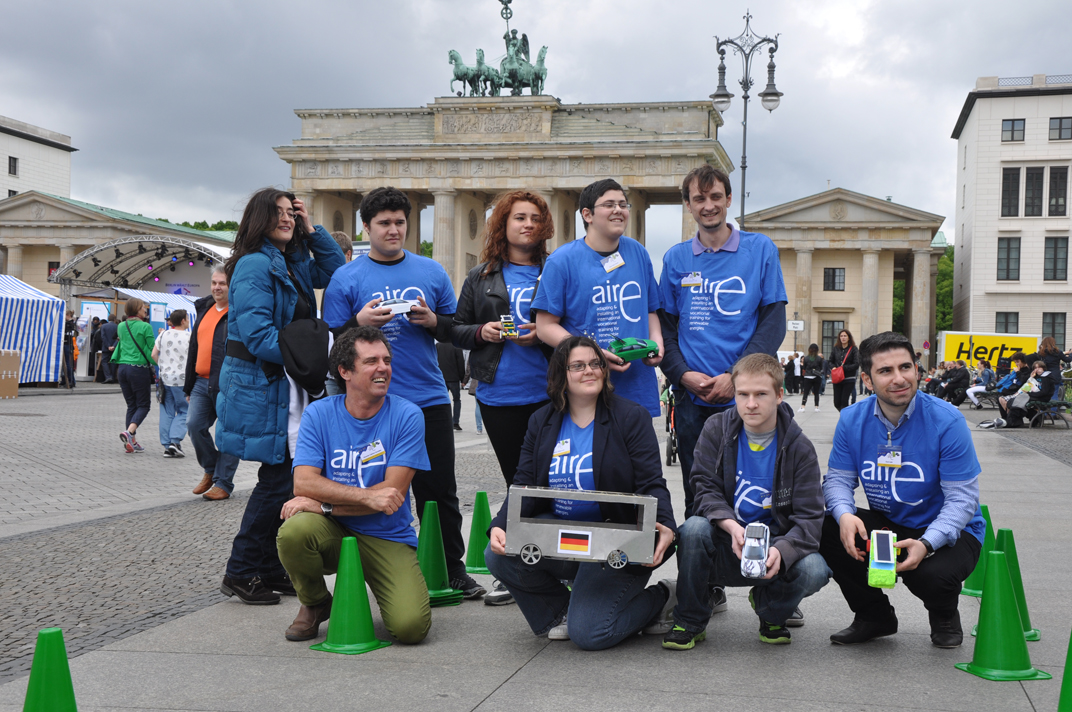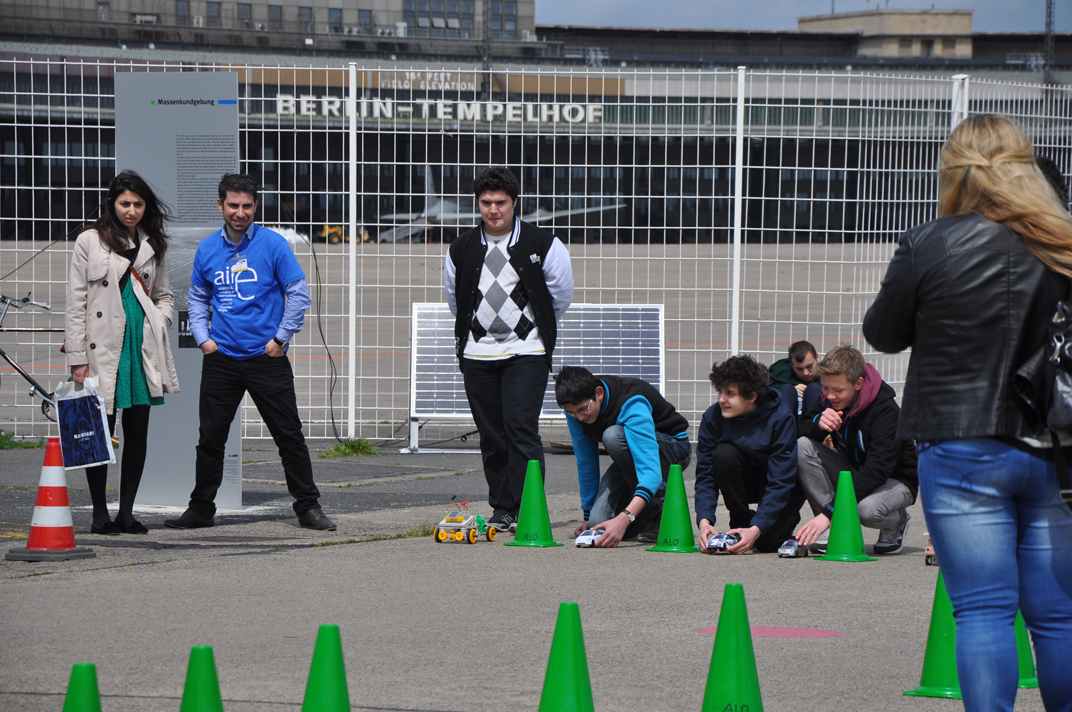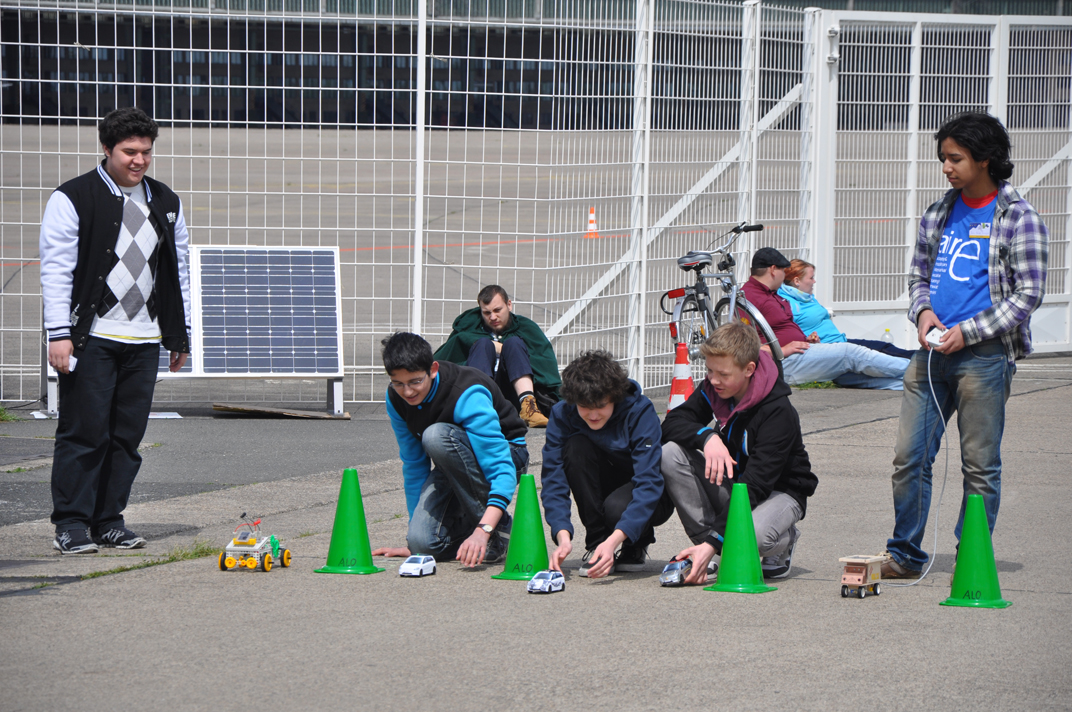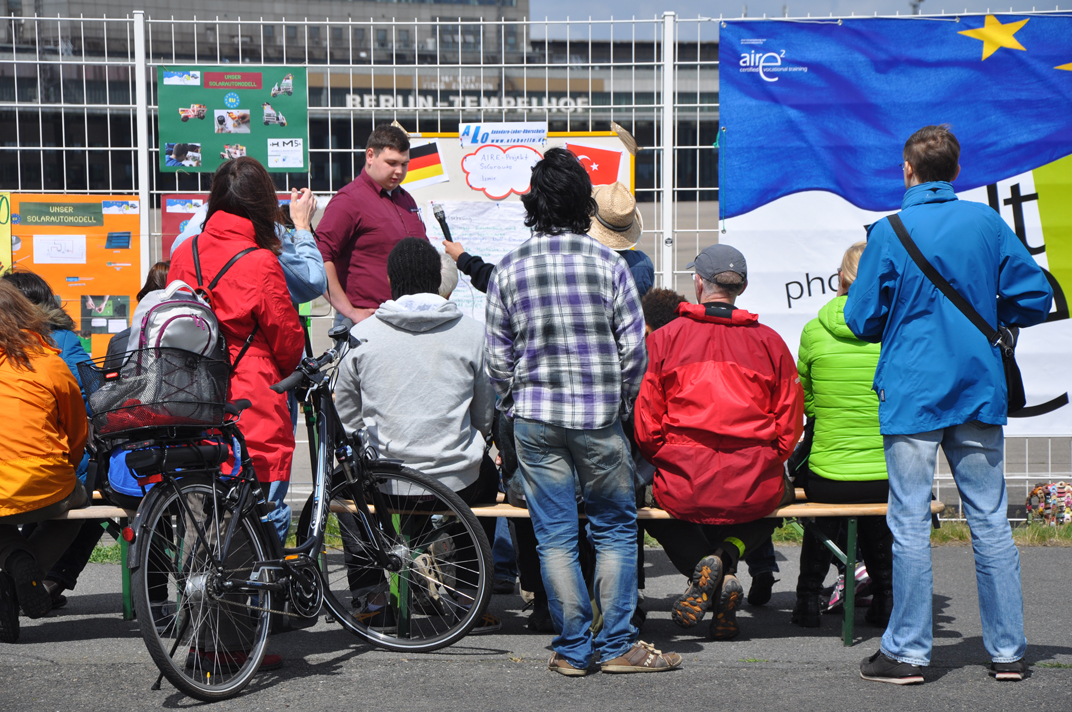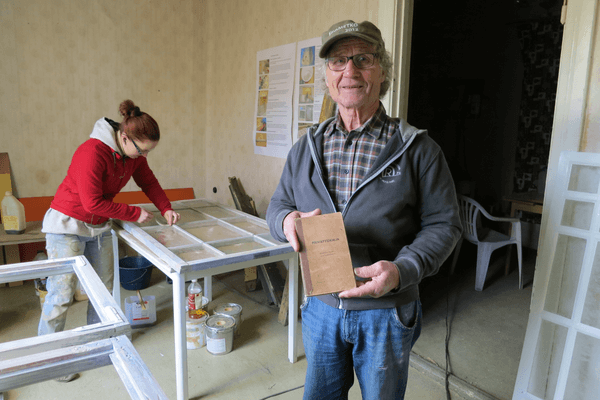City
Berlin
Main actors
City Government, Supranational / Intergovernmental Institutions, Research Institutes / Universities
Project area
Whole City/Administrative Region
Duration
2009 - 2011
Berlin has developed a programme to encourage young people who are disengaging from the formal education system to enter vocational training in green and sustainable technologies.
The Adapting and Installing Vocational Training for Renewal Energy (AIRE) network provides an opportunity to 15 year old secondary school students in deprived city districts to build a small remote controlled solar model car. Finished models are showcased at local and international parades where the students deliver presentations on how the models were created.
The training aims at preventing school dropout and making students develop personal and social skills.
The objective of the program is also to encourage young people to pursue further vocational training in green technologies. Some early beneficiaries have already graduated with a Master of Science degree and now work in positions of responsibility at solar or wind energy companies.
Originally published by EUROCITIES, the network of 130 European cities - PDF: http://nws.eurocities.eu/MediaShell/media/353-green-web_final.pdf
On Map
The Map will be displayed after accepting cookie policy
